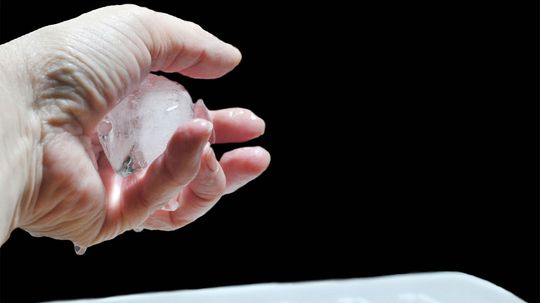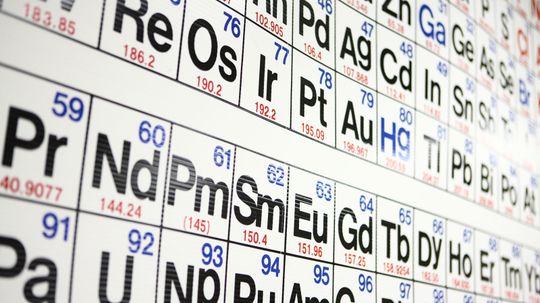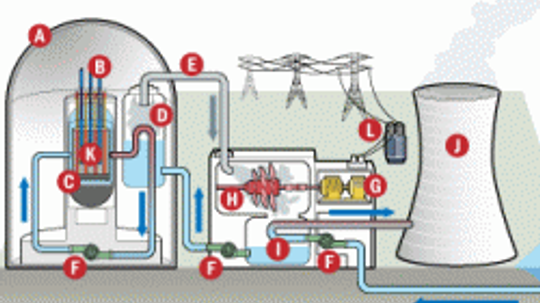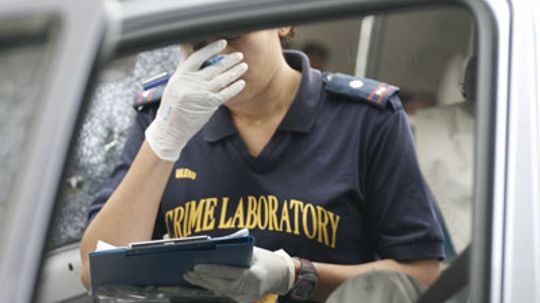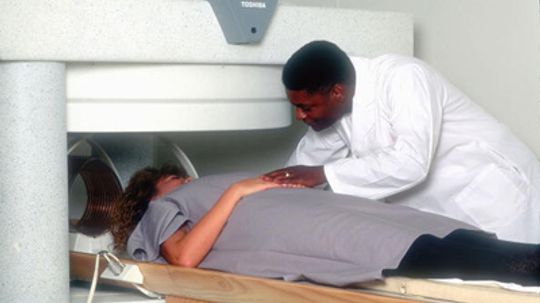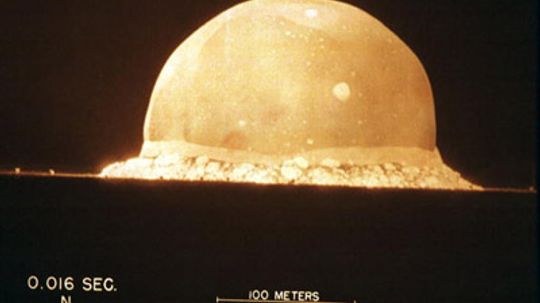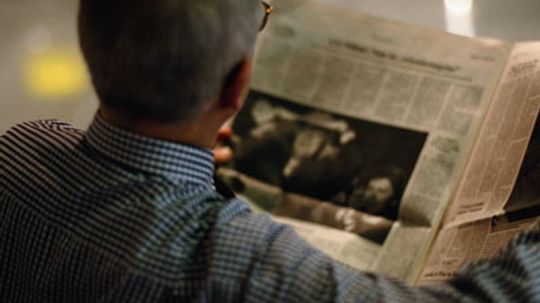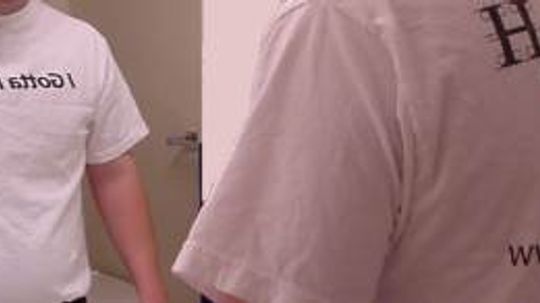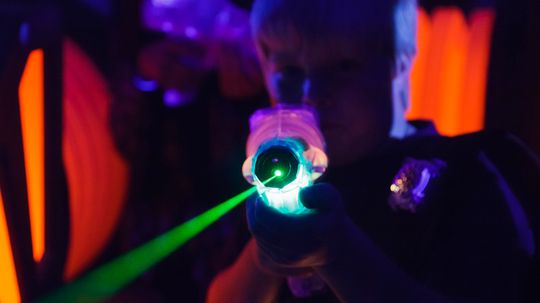Physical Science
Physical science is the study of the physical world around you. Learn about everything from electricity to magnetism in this section.

Brown Noise vs. White Noise: Which Is Best for Quality Sleep?

Can a sound wave kill you?

Can two cans and a string really be used to talk over a distance?

7 Types of Alcohol for Drinking, Cleaning and More

Understanding the Empirical Formula in Chemistry
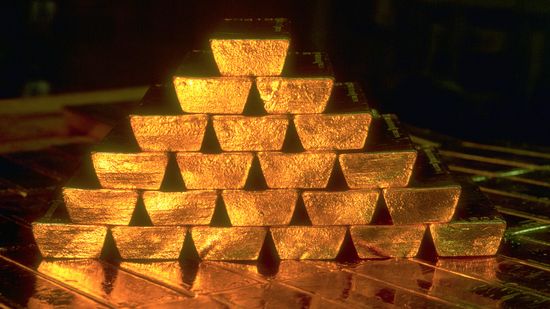
The Most Expensive Metal in the World Isn't Gold or Platinum

How Electricity Works
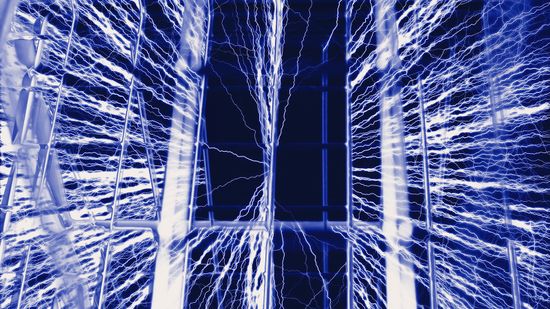
How Faraday Cages Work

How Gasoline Works
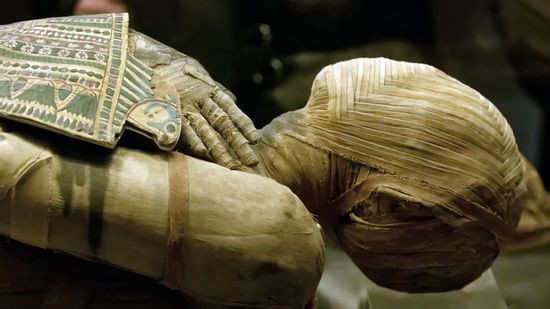
What Does Mummification Have to Do With Gene Hackman?
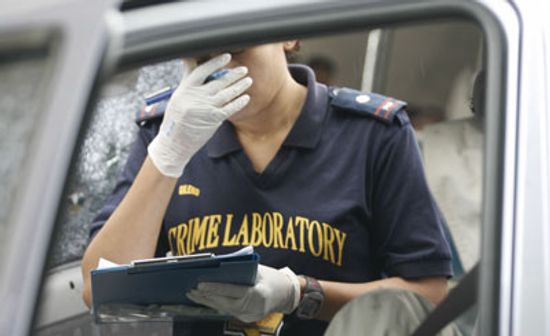
What do bugs have to do with forensic science?

5 Things You Didn't Know About Autopsies

How Alchemy Paved the Way for Chemistry
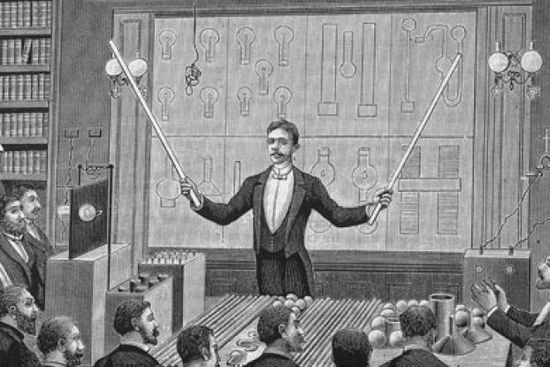
How did Nikola Tesla change the way we use energy?
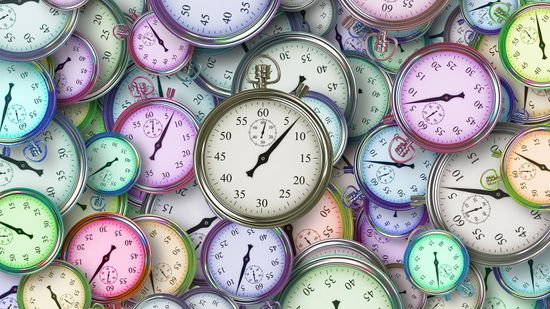
Time May Not Exist, Say Some Physicists and Philosophers
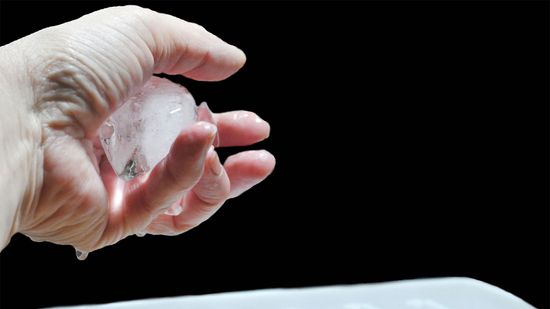
Why Does Ice Stick to Your Fingers?
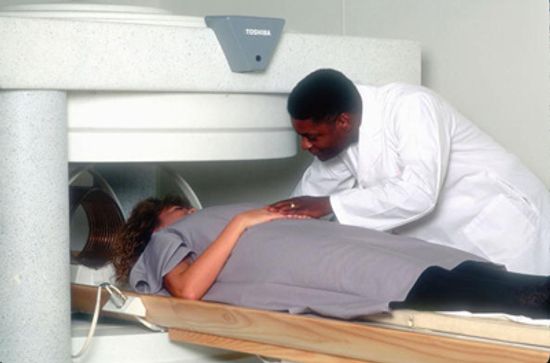
What if I forgot to remove a piercing before an MRI?
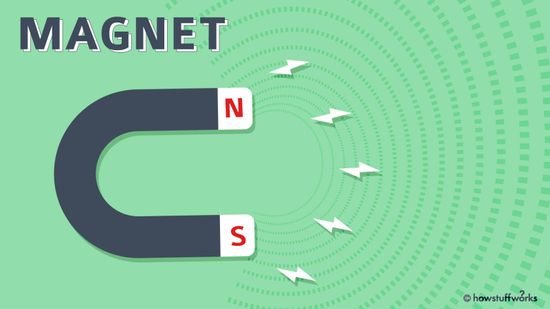
A Kid-friendly Introduction to Magnets and Magnetism

What's the Hardest Math Problem in the World? Try These 9

8 Types of Data That Inform Insights and Relationships
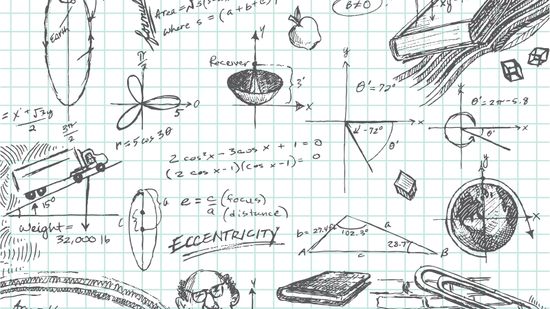
Congruent Angles: Definition, Symbol and Key Theorems

Tonnes vs. Tons: Metric vs. Imperial Measurements Strike Again

The Most Expensive Liquid Is 26,000x the Price of Human Blood

5 Hugely Fun Facts About Mass (Not Weight)

The Demon Core: A Tale of Atomic Ambition and Tragic Fate
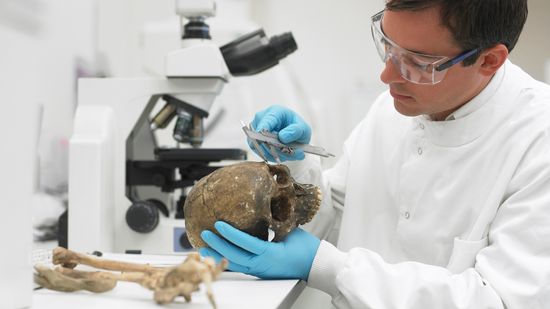
Half-Life Formula: Components and Applications
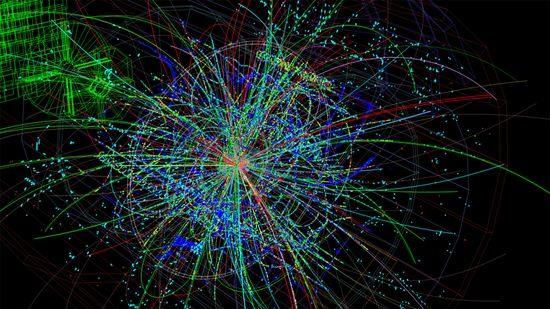
Could an 'X17 Particle' Hint at a Fifth Force in the Universe?

Why Are School Buses Yellow?

HowStuffWorks: How To Draw An Impossible Shape
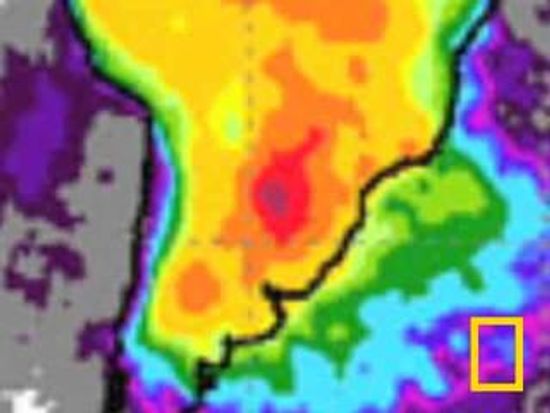
What Are the Colors in the Visible Spectrum?
Learn More / Page 3
Trying to figure out whether your research problem would benefit from qualitative vs. quantitative data? Learn about the differences and uses of each.
By Yara Simón
Distinguishing between discrete vs. continuous data and situations that call for each data type is important in ensuring you get your desired results.
By Marie Look
The iconic "school bus yellow" was the invention of an educator named Frank Cyr. But if yellow is so good for visibility, why don't all fire trucks use it too?
By Dave Roos
Advertisement
All bubbles pop - that's a fact of life. But what's the science behind the short life and inevitable pop of a bubble?
The Standard Model of physics provides a framework for the subatomic world of all energies. Could a possible newfound carrier boson expand the definition of that framework?
By Mark Mancini
Whether you're a math whiz or not, there are some pretty cool number theories, beliefs and coincidences to appreciate. How down with digits are you?
By Alia Hoyt
You've probably had ice stick to your hand when you pull it out of the ice maker. But why is that?
By Alia Hoyt
Advertisement
It's the ultimate cheat sheet for science class - and it's right there hanging on the wall. What do you really know about the indispensable periodic table of elements?
The scutoid is kind of like the Higgs boson. Researchers theorized the new shape existed. And then they went looking for it.
It's true: In 6 easy steps, you too can draw an impossible shape.
Juice and soda mix well with alcohol, but a few things don't mix so well. Some may just produce embarrassing moments. Others could cost you your life.
By Beth Brindle
Advertisement
Most people probably haven't heard of the inventor T. Galen Hieronymus, but according to his advocates his machines are able capable of everything from remote analysis to remote healing -- so what is eloptic energy? Tune in to learn more.
All colors that you see fall into the visible light spectrum. Learn about the colors in the visible light spectrum in this article.
By Sascha Bos
Tour the inside of a nuclear power plant with these illustrative diagrams to learn more about how nuclear power plants work.
When a corpse is found, the presence of insects gets a lot of attention during the investigation. But which bugs show up for the flesh feast? And how much can these bugs reveal about death?
By John Fuller
Advertisement
The magnets found in an MRI machine are incredibly powerful. It can pull a stethoscope right out of a doctor's lab coat. So what would happen if you forgot to take out an earring? Ouch!
The nuclear arms race was a frantic era in which several nations tested nuclear technology and stockpiled warheads. Read about the nuclear arms race.
By John Fuller
Dropping atomic bombs on Hiroshima and Nagasaki ended World War II. How did the most powerful weapon in the world get developed? It started with the Manhattan Project.
By John Fuller
Why do newspapers turn yellow over time?
Advertisement
Imagine wearing a T-shirt with lettering on it while brushing your teeth. Why are the letters on the T-shirt reversed in the mirror, while your head appears right side up?
Scenario: A helium balloon is up against the ceiling one day, and the next day it's on the floor. Does the balloon fall because the helium leaks out, or because the helium molecules slow down due to decreased pressure?
I have heard that carbon monoxide is extremely poisonous. Can you explain why?
Lasers are used in dental drills, eye surgery and even tattoo removal. But what exactly is a laser? There are numerous types, but all lasers work basically the same way. Learn how they generate such concentrated beams of light.
Advertisement
Marijuana isn't just a recreational drug for hippies and philosophy majors -- its psychoactive history ranges from Egyptian mummies to modern U.S. politics. What's the big deal about this leafy, green plant?
By Kevin Bonsor & Nicholas Gerbis
You know how chocolate sometimes turns white? Why does that happen and is it still OK to eat?






